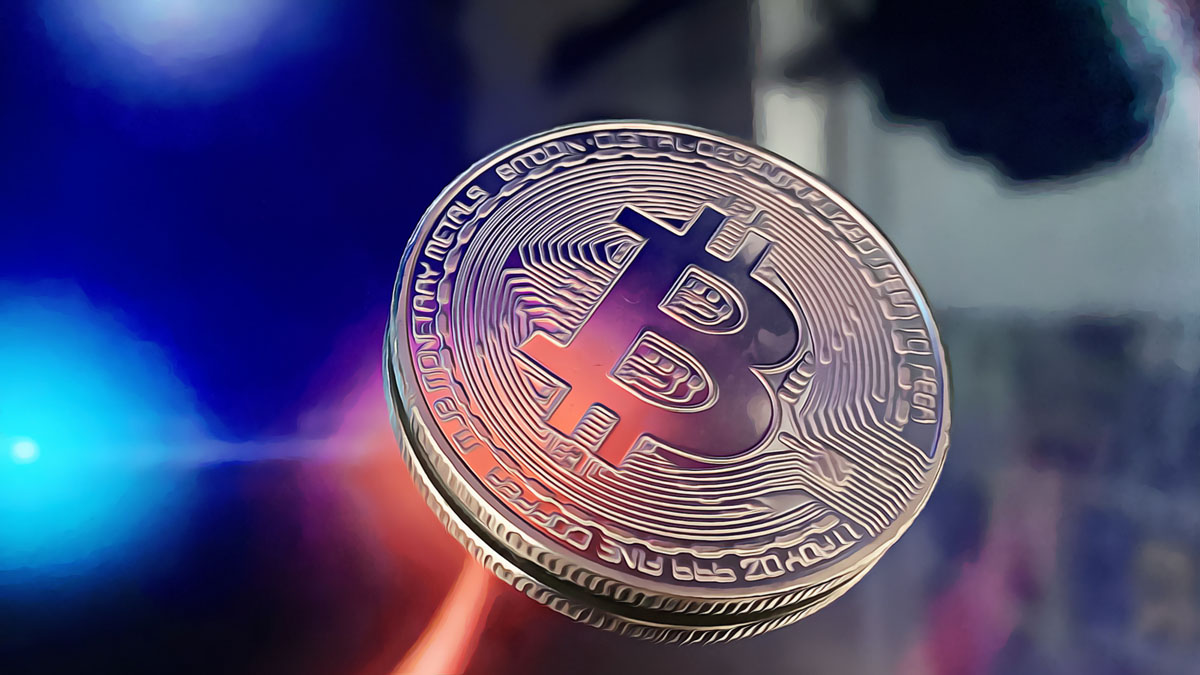A recent analysis of Bitcoin‘s historical price trends suggests that halving events, which reduce the cryptocurrency’s supply, tend to positively influence its market value. These occurrences often bring a wave of enthusiasm and bullish sentiment that can lead to a surge in trading activity. The scarcity of Bitcoin post-halving is a primary driver of this phenomenon, as it promotes increased demand.
The Ripple Effect of Halving on Market Dynamics
The crypto community typically experiences heightened interest during halving periods. This attention spurs investor action, draws in new market participants, and amplifies the fear of missing out (FOMO). Commentary from influential figures and speculation on future prices become rampant, contributing to a more active trading environment.
Educational efforts also intensify around these times, shedding light on Bitcoin’s underlying principles, blockchain’s workings, and the broader crypto economy. While the past relationship between halvings and price upticks is notable, it remains an unpredictable factor, necessitating thorough research by investors to navigate each cycle effectively.
Investment Tactics Around Bitcoin Halvings
Bitcoin halvings are synonymous with market turbulence, presenting both risks and opportunities for traders. Those adept at managing volatility may find strategic openings to capitalize on the market’s movements.
Investors tend to align their actions with prevailing market tendencies during halving periods, positioning themselves in the market accordingly. By identifying key trading levels that signal shifts in market sentiment, traders can make informed decisions, using technical analysis to time their entries and exits with higher precision.












